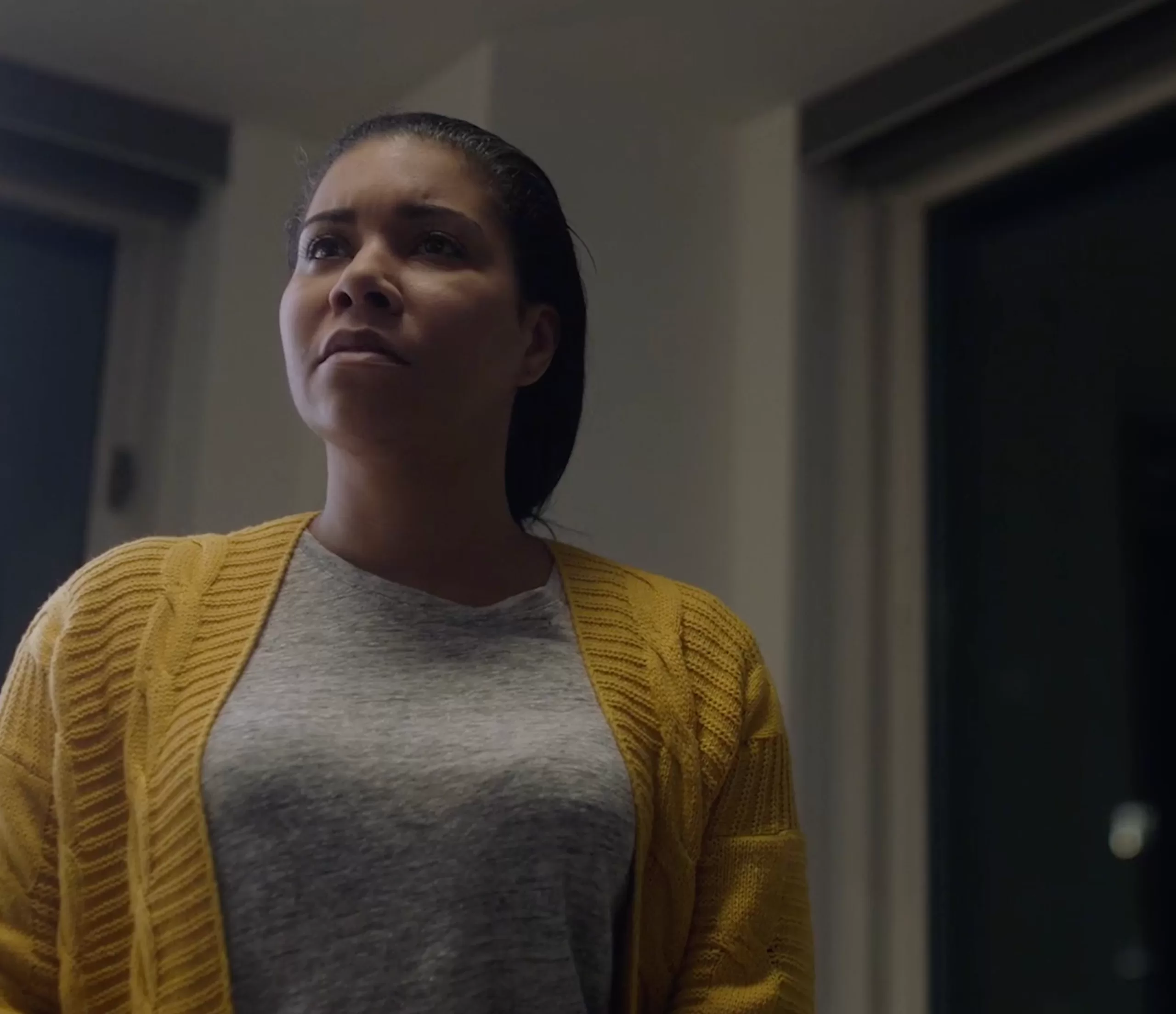REVIEW: “What She Said: The Art of Pauline Kael”
In this age of YouTube and Twitter, there is simply too much information coming at us twenty-four hours a day. Everyone with a computer is an armchair newscaster. And above all else, when it comes to films everyone is a critic.
What people don’t seem to understand, or rather, what has become lost, is the truth that film criticism is, or can be, an art. No writer before nor since embodied the critic-as-artist like the great Pauline Kael did.
Rob Garver’s debut documentary, “What She Said: The Art of Pauline Kael” is a respectful appreciation of the fierce and controversial critic that amasses an important array of Kael’s best work (read by Sarah Jessica Parker) complimented by interviews with her colleagues and friends.
Between 1968 and 1991 Pauline Kael was the head film critic for the New Yorker. Her writing was visceral and vicious, artful and acerbic. If she loved your film, the praise bestowed upon it through her review could be tantamount to a love letter from a Bronte sister. If she disliked your film, the wrath she would bring down could be beyond ferocious. It was to the credit of her talent that, be her review positive or negative, her words could have such an effect on the success of a film and even a personal effect on the filmmaker.
Director Ridley Scott stated how he was so devastated by comment by Kael regarding her distaste for “Blade Runner” that he never again looked or listened to another review for any of his works.
After her scathing takedown of “Butch Cassidy and the Sundance Kid,” George Roy Hill wrote her a personal attack letter that began with the sentence, “You miserable bitch.”
In an interview from 1971, we see the great David Lean claim he could no longer make films after Kael disemboweled his 1970 film, “Ryan’s Daughter.” He would go on to make “A Passage to India” but it wasn’t until 1984 and it would be his final work.
On the other hand we learn that Steven Spielberg praised her for being the only critic at the time to fully understand what he was doing with “Jaws” and Marlene Dietrich wrote Kael from her new home in France to express how she would be “lost without your opinions on film” if she couldn’t find the magazine in Paris.
And while most critics trashed Arthur Penn’s “Bonnie and Clyde,” Kael embraced its bold new vision and praised Arthur Penn’s use of violence and sexuality. It was her review that turned the tide on Penn’s film, allowing many critics to re-evaluate and eventually recognize it as a masterpiece of American cinema. She did the same for Martin Scorsese’s “Mean Streets” when Warner Brothers gave it only a small release on the grindhouse circuit. Kael saw it as, in her words, “An American masterpiece.”
Garver peppers his film with recordings of Kael being interviewed by a young girl who asks the critic about the films that led her on her journey. This allows us to experience a sweeter side of the critic, as we hear her say that her family was her greatest accomplishment.
The director allows insights from fellow colleagues, filmmakers, and her daughter Gina James. These interviews help the film get to the heart of Pauline Kael’s love of her craft (and her need to write about film) and the world of cinema itself.
Where Kael has been accused of disliking the art form, due to her many negative reviews, this wonderful documentary allows her passion for writing about the movies and what they mean to her on a personal level (positive or negative) to shine through.
Garver explores how Kael’s style seemed to always be in sync with the times. She began in the right era as highly-stylized foreign films were making their way into the American movie theaters of the fifties and sixties. The cinematic freedom in these films caught her eye and gave her hope for cinema as art.
“What She Said…” is fair to both sides of Kael’s thought process, however. We discover that, while she welcomed much of the films being offered from international filmmakers, she admitted to being quite annoyed by films she dubbed the “Come Dressed as the Sick Soul of the Europe Party.” Kael had no patience for European filmmakers who studied the so-called problems of the decadent rich. Her negative takes of much regarded classics such as Fellini’s “La Dolce Vita” and “Antonioni’s “La Notte” are legendary, as she refused to go with the flow of her colleague’s positive opinions.
The film shows how the rich filmmaking boom of the seventies was such a perfect fit for Kael. While touting many great works of the time (gleefully being one of the main defenders of Bertolucci’s “Last Tango in Paris”), she also championed many genre films that she argued were much more than mere entertainments and all but defining the balance between high and low cinematic art.
Director Garver uses many film clips that add to the narrative and help to illustrate Kael’s thoughts and by film’s end we find ourselves privileged to have experienced some of the moments that ignited Pauline Kael’s writing.
Garver follows the events in Kael’s life chronologically and that is the smart way to go for his subject. We see her early on as a failed playwright, eventually becoming a single mother from a failed relationship with filmmaker James Broughton. This was during the fifties, a conservative time when being a single mother was extremely taboo. But that was Pauline Kael, always doing things that went against the grain.
When Kael began writing film reviews after seeing Charlie Chaplin’s “Limelight,” which, while the world was falling in love with its sentiment, the critic strongly disliked, we discern how from the very beginning of her career, Kael wasn’t afraid to tell it like it is when she disliked a film, even when she was pressured to give positive reviews simply to fall in line with the consensus of the nation’s film critics.
Pauline Kael was the first woman to break through the barrier of all-male film criticism and it was her own professional struggle that symbolized, to this day, the struggle of many female film critics, as it is still a field mostly dominated by men. Through Kael’s butting of heads with her editors and fellow critics the film shows how she was never intimidated and could give back as tough (if not tougher!) as she received.
While her tastes in film were certainly unpredictable Pauline Kael suffered no fools and used her supreme skill and determination to knock down doors and carve out a life and career on her own terms
In print, in life, and in what she symbolizes to generations of film critics, Pauline Kael was a true groundbreaker. Her commitment to the truth of cinema will forever go unmatched.
Roger Ebert rightfully dubbed her “the most powerful, loved, and hated film critic of her time.” A most well-earned badge of honor.
“What She Said: The Art of Pauline Kael” is a fitting tribute to an absolute one-of-a-kind.
news via inbox
Nulla turp dis cursus. Integer liberos euismod pretium faucibua




